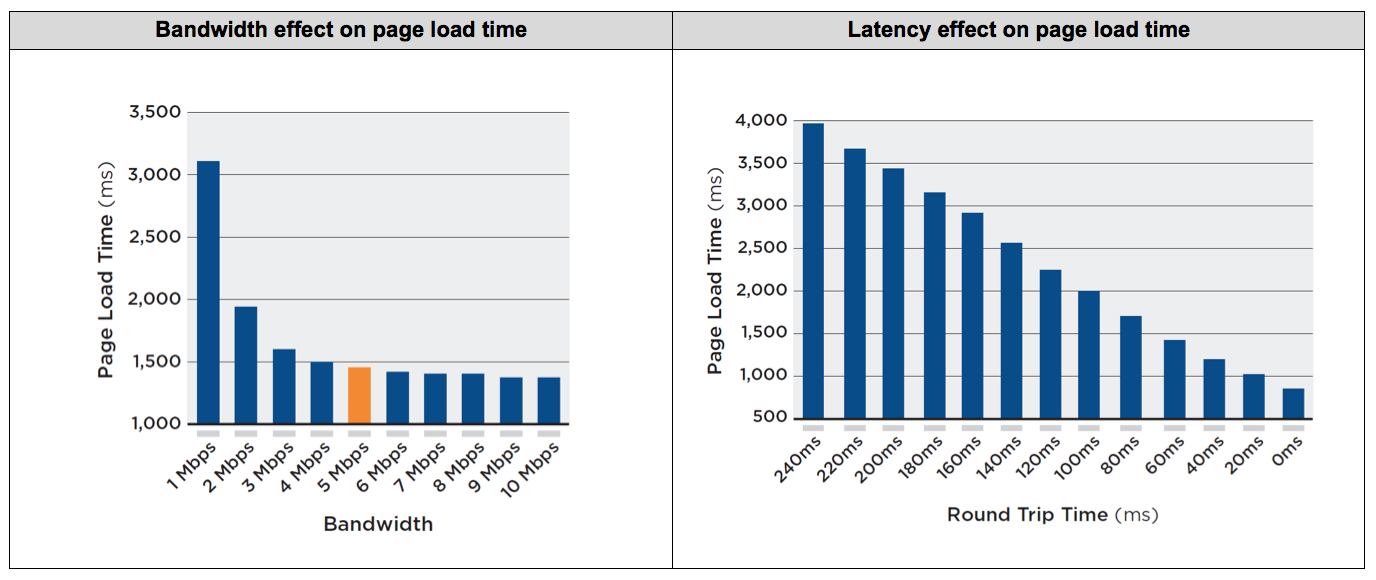We are constantly challenged with trying to keep our network and computer performance acceptable for our business. I continually hear complaints about carriers not offering a full solution for a business, “my WAN optimizer isn’t keeping up,” or “it’s simply too expensive to pay for bandwidth needed to meet our performance goals.” How do we remedy this as your company continues to embrace more cloud services? How do you manage applications that require low latency distributed across geographically separated data centers, demanding VoIP and video conferencing applications, along with trying to keep our mobile users fed? Enter, Communication Hubs, the new way of networking your business and preparing for the future of more bandwidth and performance capabilities to ensure a successful move to the cloud.
First, I’ll start by introducing the concept. We have been using multi-protocol label switching (MPLS) for our primary wide area networking solutions for over 15 years now with reasonable success. However, the scalability of traditional MPLS designed carrier networks is no longer there and the connectivity for cloud services and ability to handle low latency applications has also been overrun. Communication hubs are not an overly complicated new concept. It is basically using strategically placed data centers, preferably in major carrier hotels, to allow for the speed of light to transfer your important business data. If you have locations in rural areas, don’t fear, you’re still a candidate.
Second, let’s talk about a key business benefit of communication hubs. This new networking solution dramatically changes the latency that slows performance in a MPLS and other network designs. Applications that perform slowly in a MPLS design can often show dramatic performance improvements when moved to a communication hub solution.

A Google study entitled “More Bandwidth Doesn’t Matter (much),” which compares the impact of bandwidth and latency on web page load times. The study shows that for applications characterized by many smaller data transfers there is a point of diminishing returns where the acquisition of additional bandwidth has very little impact on overall application performance.
Next, I bet you’re wondering about how costly this communication hub solution will be. Again, nothing but good news to share here as I still haven’t priced a communication hub design that hasn’t been a wash or beaten MPLS pricing, while providing significantly increased bandwidth and performance. Typically, I’ve seen communication hub networking be more cost effective and I’ve had a few extreme examples where it reduced cost by over 30 percent on a monthly basis. The only caveat is the amount of redundancy being built into the communication hub solution. The more you build, the higher the communication hub cost will be.
What’s really important to understand about this new networking concept, is you can put your company in a great position for future cloud service offerings without redesigning or reinventing your network each time you launch a new platform. Positioning your communication hub network with the hubs located in major carrier hotels will put you within a cross-connect away from services such as Microsoft’s Office 365, your hosted VoIP provider, and video conferencing solutions such as Cisco’s Collaboration Meeting Room.
If you’re also wondering how the management of the network will change, that is also good news. Depending upon your preference for network management, you can be completely hands-on or hands-off and allow the carriers to handle that piece. There are plenty of carriers and third parties ready to help you with the management if this is just not of interest to your IT team.
One caution to take note of when considering a move to a communication hub design, you must put some time into designing this properly. The additional month or two of up front planning and design will pay dividends on the back-end for reduced cost and optimal connections for your business. Things such as proper network redundancy, security, management and carrier due diligence should all be considered when planning out this new networking concept.
To summarize, communication hub networking will provide your business the same elasticity that your new cloud and IaaS providers are bringing to your business. Won’t it be great to actually be proud of your network and carriers versus disgusted and disappointed!
If you’re interested in learning more or need assistance with your future network designs, please contact RSM’s technology consulting professionals at 800.274.3978 or email us. Lastly, to learn more about RSM’s service offerings check out our website.

 RSMUS.com
RSMUS.com